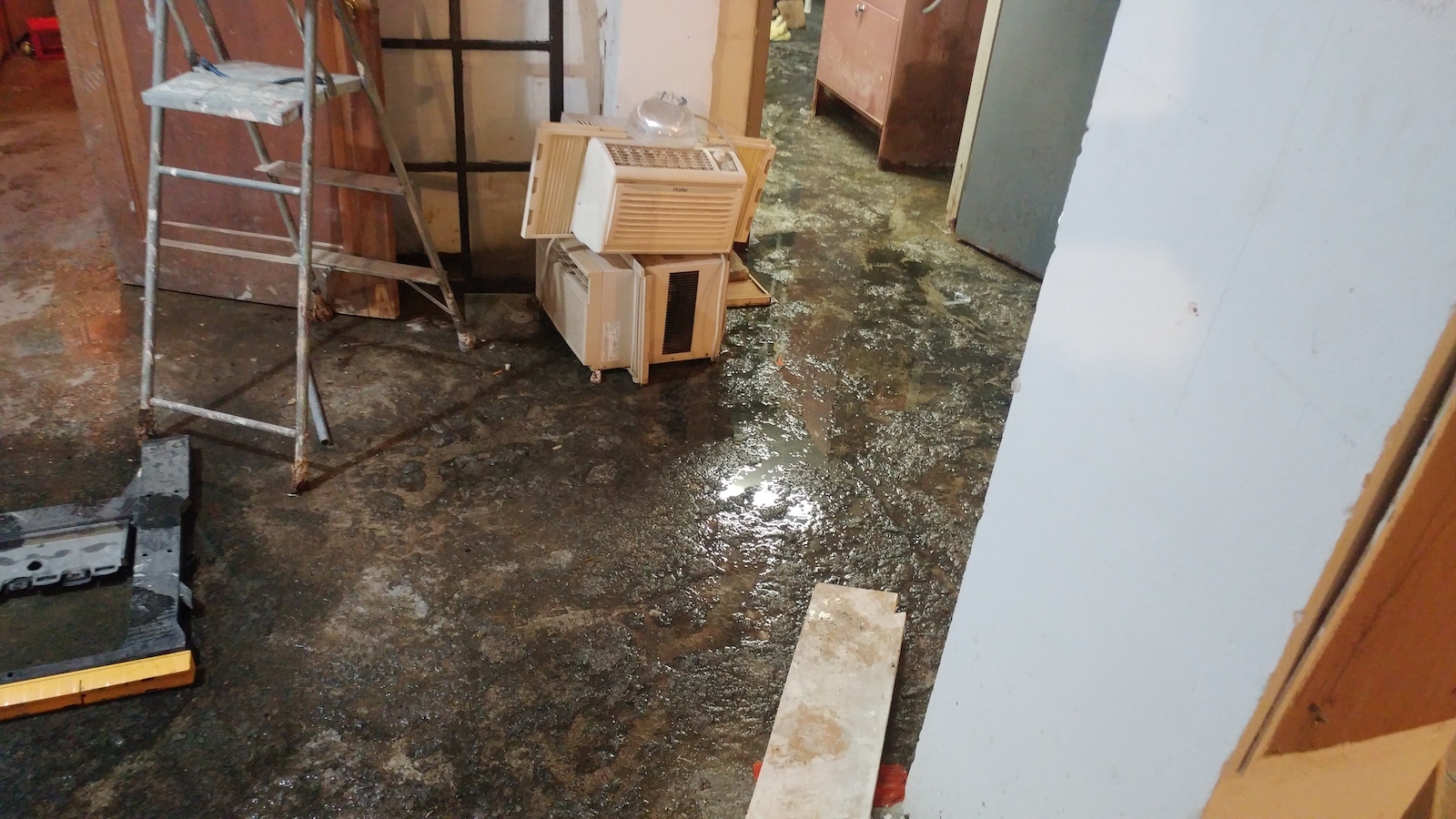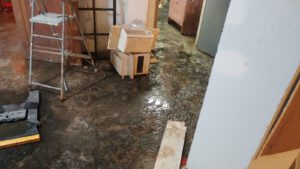
Before you hire a water damage restoration company, you should ask several questions. This is important to help you understand the extent of the damage, the type of water damage, and the source. If the damage is not remedied immediately, it will only spread and lead to a mold problem. In addition, failing to deal with water damage will increase the costs and risks of restoration. Thankfully, there are several things that you can do to minimize the damage.
The first thing to consider is the type of Repair Water Damage. There are three basic categories of water, and their resulting damage can significantly affect the project’s cost. For example, there are clean water issues, such as overflows, while dirty water problems, such as appliance failures, can leave home with significant contamination.
Water damage repair is expensive and time-consuming. Knowing what steps to take and getting started as soon as possible can minimize the costs. It is also important to protect your own safety by not attempting any repairs yourself, unless you are qualified. You should never enter waters where you are unfamiliar, and always use water-safe tools. Taking the right precautions will ensure that your home remains safe and your possessions are restored to its original state.
You should also consider whether the water damage is covered under your home insurance policy. Your policy may cover the cost of repairs, and it’s important to file a claim as soon as you notice any problems. Homeowners can also buy specific flood insurance policies through the National Flood Insurance Program. However, remember that you’ll have to pay a deductible before you’re eligible for the payout.
Depending on the severity of water damage, the cost of restoration may vary significantly. In most cases, the cost of repairing the damage depends on the scope of the damage and its location. The most minor damage costs about $1,000, while the most extensive damage can cost up to $100,000. As a result, most homeowners only file a claim once every nine to 10 years. Additionally, filing a claim increases your monthly premium. So, if you’re in need of water damage repair, call a water damage restoration company as soon as possible.
Regardless of the cause of water damage, the removal of damaged materials is a critical first step in the restoration process. The removal of wet materials will allow the drying process to begin. A dehumidifier will be used to dry the wet areas. The restoration process also includes other processes such as wet carpet restoration, fabric restoration, and mold remediation. In some cases, structural repairs are necessary. Once these processes are complete, your home is ready to be occupied again.
The cost to repair water damage varies by the type of water that entered your home. In some cases, the water is contaminated and requires more costly restorative methods. Additionally, it is important to keep your home dry to prevent mold formation, which can be detrimental to your health. The cost to repair water damage will also depend on the source of the water. For example, if you had a leaky toilet, the cost to repair it will be considerably lower than if you had a flood.
Water damage can be complicated to repair, so the first step is to contain the water leak and clean up the area. This step is often easy enough to accomplish on your own. Whenever possible, place a bucket underneath the leak area to collect any water that has leaked into your home. After you have cleaned up the area, make sure to dry the items that were affected by water. Once the items have dried, you can begin the process of repairing water damage.
Water damage is not only unpleasant to look at, but it can affect the structure of your home. A wet home can cause mold, which can lead to respiratory problems and other health problems. It can also eat away at drywall and wood. Ultimately, you should seek professional assistance to repair water damage if you live in a home that has experienced water damage. You may have to replace windows and doors. You’ll want to take the time to repair the damage as soon as possible.
Water damage is often caused by leaky pipes or improperly attached pipe joints. Check under sinks and plumbing lines periodically to make sure they are attached properly. Additionally, moisture buildup in air conditioning ducts can lead to the development of mold.

 Sewage spill cleanup must be completed quickly and thoroughly. The first step in cleaning up a sewage spill is to remove all upholstered furniture and contaminated surfaces. Next, you should disinfect the area with a solution of eight tablespoons of liquid household bleach per gallon of water. Using a sewage odor neutralizer to control the smell would be best.
Sewage spill cleanup must be completed quickly and thoroughly. The first step in cleaning up a sewage spill is to remove all upholstered furniture and contaminated surfaces. Next, you should disinfect the area with a solution of eight tablespoons of liquid household bleach per gallon of water. Using a sewage odor neutralizer to control the smell would be best.